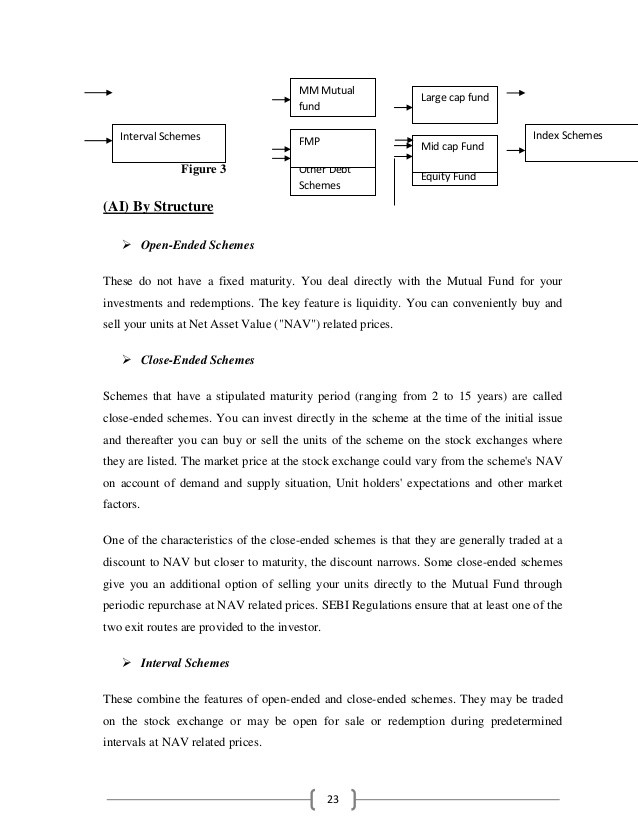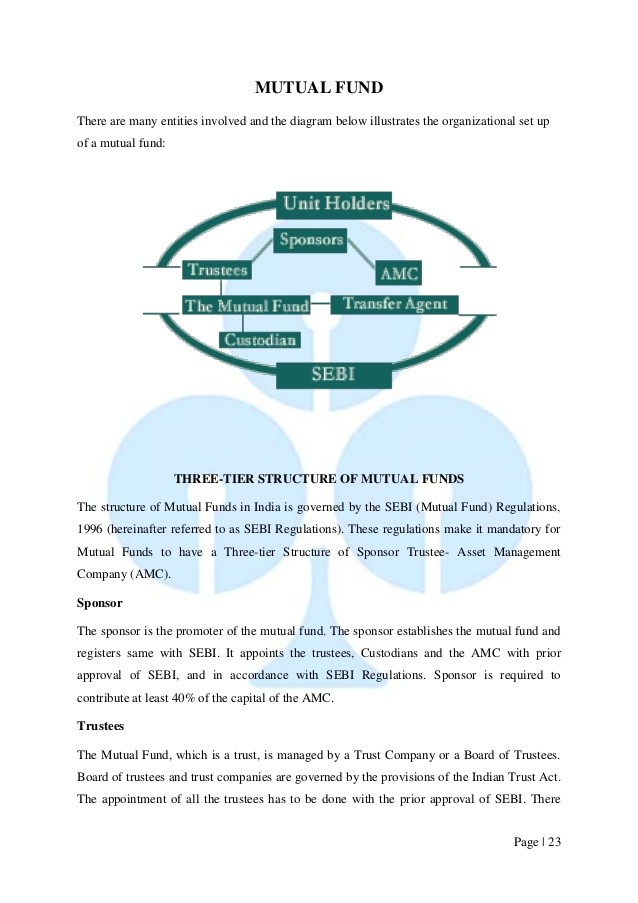Build Your Own Mutual Fund_3
Post on: 22 Май, 2015 No Comment

Build Your Own Mutual Fund
By Carlos Portocarrero
This site has been retired ![]()
For fresh, practical career advice, please visit CarlosPortocarrero.com .
I first thought of this idea after writing about Capital Ones Cardlab. It seemed (and still does) like such a great idea but it was also one of those times that you think to yourself, Why didnt I think of that?
This customizing feature has been around for a while and when companies like Dell have so much success implementing them, it makes you realize what a great business tool it is to offer the customer the opportunity to build its own anything.
So I thought to myself, What else could be done with this personalization?
How about mutual funds or ETFs? Imagine being able to pick out a certain amount of stocks (lets say 5, 10, 30, or 50. Instead of waiting for an ETF to come out with the closest thing you want to track, you build your own.
Want to have a mutual fund that tracks technology stocks that start with the letter T? Go for it.
What Im having trouble with is how expenses would be calculated. Since its essentially a passive fund, they shouldnt be very high, but whatever company came up with this would inevitably charge something very high because its building a fund just for you. This is something that could be negotiated (the same way Cardlab works) depending on different factors.
Say you want the ability to trade in and out of this personal fund 10 times a year. That would give you a higher expense ration than someone who simply wants to buy it now and not sell for several years. Do you want to receive information on each one of the companies in your fund? That would hike up the expense ratio a little more.
Now granted, I dont know how feasible this is because I dont know how much manpower goes into building thousands and thousands of customized funds, but I cant see it being so hard that it become prohibitive.
The concept would seem to work better with smaller investors than with people looking to invest huge sums of money. Lets look at the math:

- If you are putting $100,000 dollars into 10 stocks, it may cost you around $100 dollars (at $10 a trade), but if you put that same amount of money into one of these customized mutual funds, expenses would cost you $500 (assuming a 0.50% expense ratio).
- On the other hand, if you are investing $10,000, it would still cost you $80–$100 if you bought each one individually but only $50 with the mutual-fund option.
The breaking point (with all those variables) would be $18,000. That means that, if you intend to buy 10 stocks and hold on to them for a year, it would cost you the same if you went through a customized mutual fund than it would to buy them individually. If you are investing more than $18,000 you are better off buying each stock on its own, and if you are investing below $18,000 you are better off with this other, nonexistent option.
You also have to take into account that most people dont just buy a stock and hold on to it—they buy, sell, buy again, get emotional, sell, and so on. So that would tack on some costs to the individual-stock system.
In the end, it seems that this could work for long-term, even-keeled investors that want to invest in specific companies and watch them grow, lets call them index-fund investors with a yen for stock picking (which sounds like me).
Would you be interested in building your own mutual fund or ETF? What 10 stocks would you put in it?














